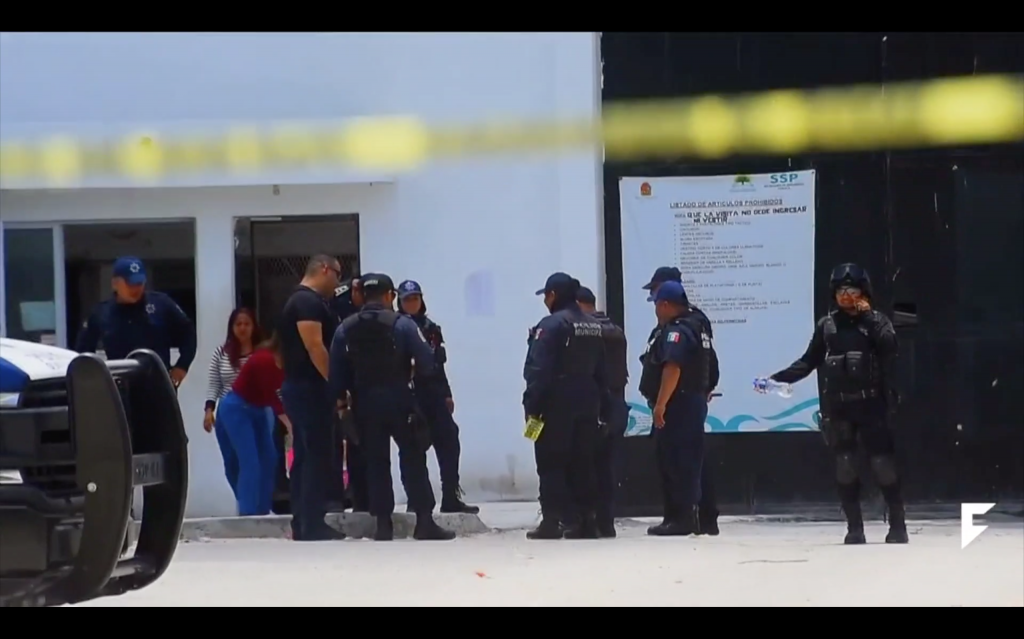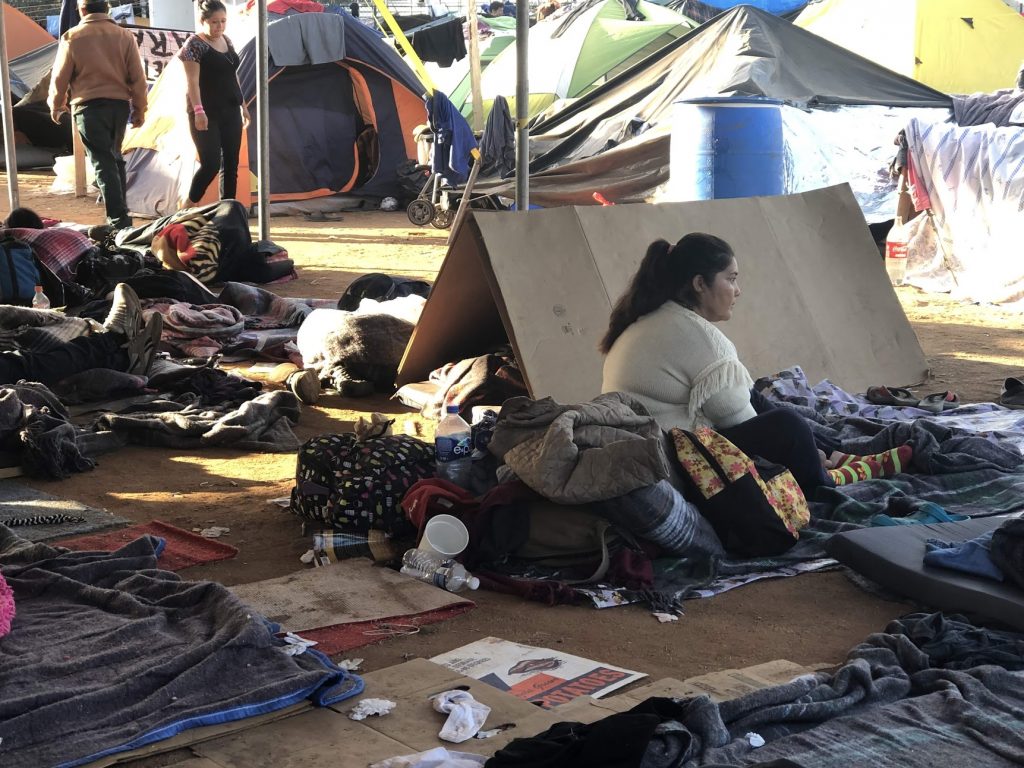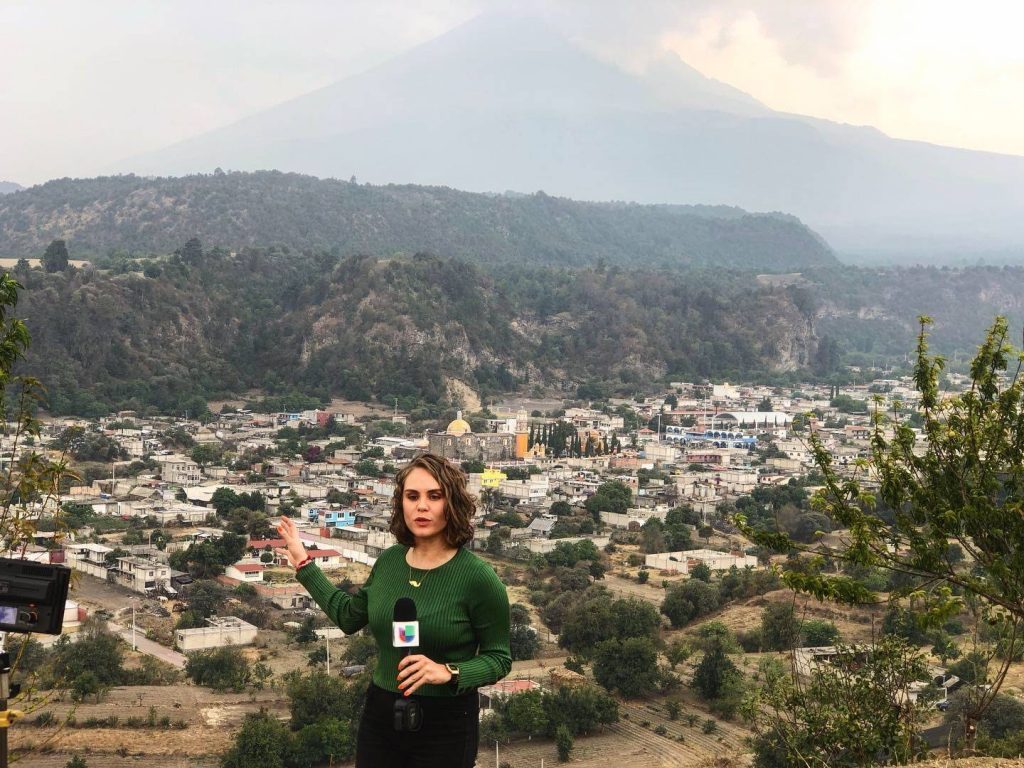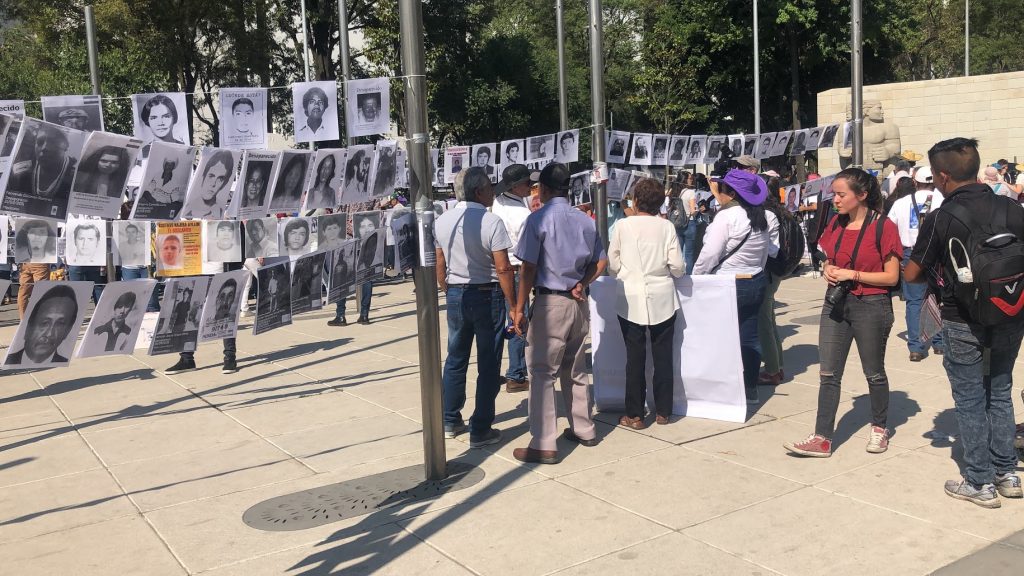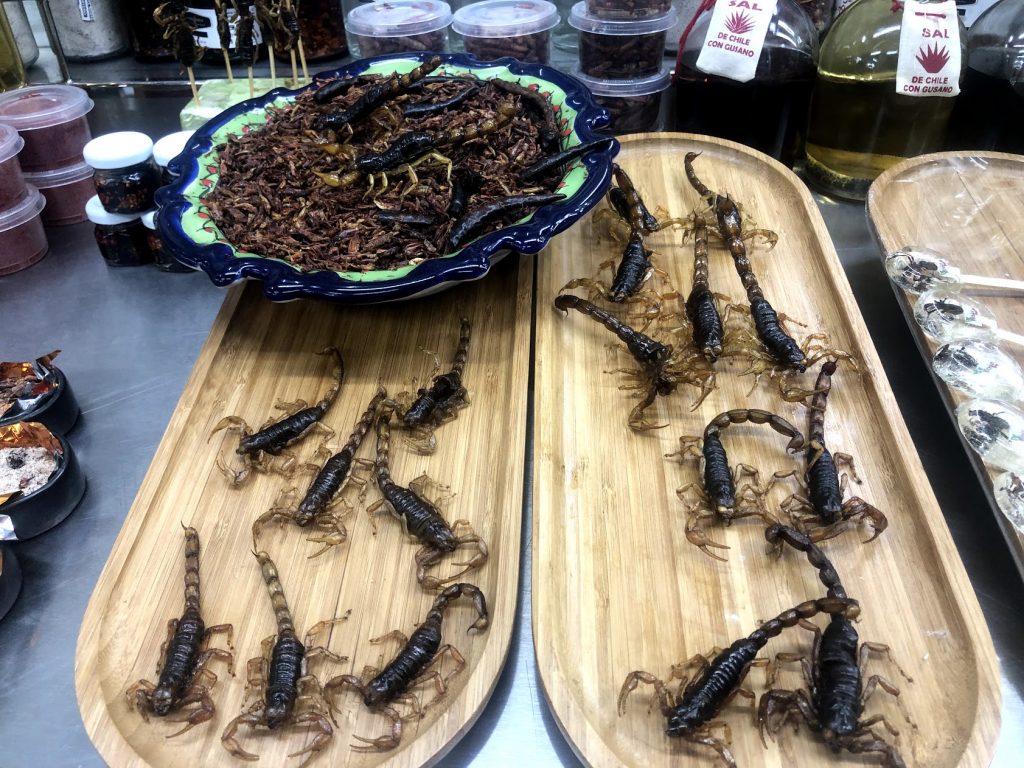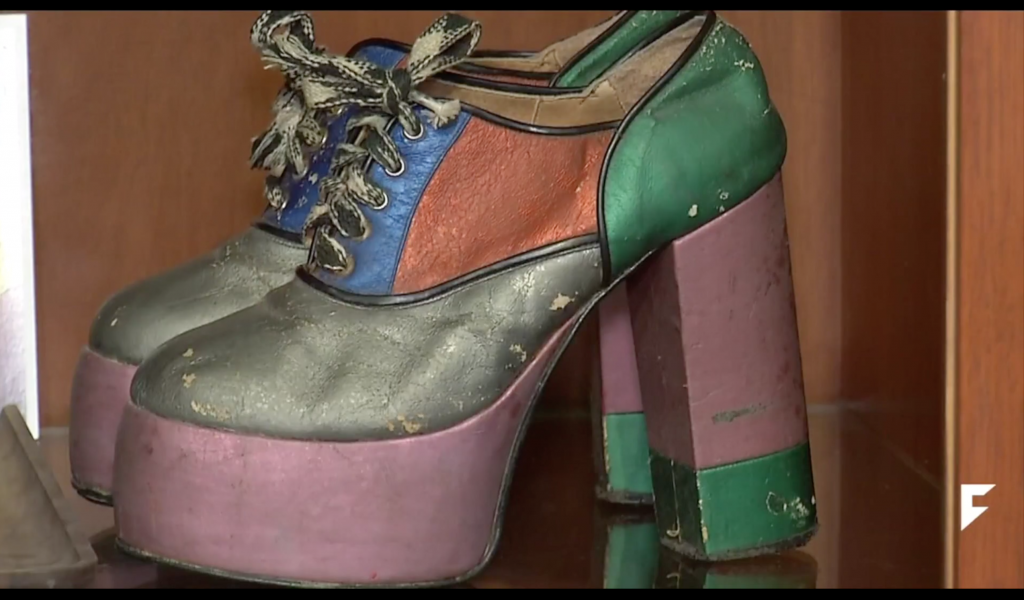27-year-old Francisco Romero was shot dead outside a bar in Playa del Carmen. His colleagues remember his coverage of the crime beat in this resort town. After Romero was kidnapped in 2018 and his Facebook page was hacked, he sued the responsible parties, including the Mayor of Playa del Carmen. After this happened, independent reporters expressed their fear of continuing their work. In this context of extreme violence, journalists have become a new target in Playa del Carmen, where the homicide rate has reached epidemic proportions. https://www.univision.com/univision-news/exclusive-reporter-murdered-in-mexico-video
Being a journalist in Playa del Carmen is a high-risk affair. Authorities couldn’t ensure Francisco Romero’s safety. He was one of the most followed reporters but also, one of the most threatened, which led him to leave the state of Quintana Roo for three months. But six months after he came back he was killed. Her widow, 40-year-old, Veronica Rodriguez, remembered when Romero finally got around to asking her to marry him. She gave us the last interview before leaving the state for security reasons. https://fusion.tv/video/594137/the-5th-journalist-murdered-in-mexico-this-year/?fbclid=IwAR3N8jFiIKf5NrFkvFgqk9ZpNqSu6IjEAQDZAOXnj7xFa17LDZzL0AcX7Bc
Nobody was prepared for it. The sargassum invasion took everyone on Mexico’s Caribbean coast by surprise. It reached unprecedented levels in 2018, but this was just the beginning of an ever-growing problem that would sweep across the entire region. Over the past four months, 30 percent of coral colonies in Puerto Morelos have died due to the arrival of sargassum. Private companies have created a system with barriers to catch the majority of the seaweed. In eight hours they can extract over 200 tons of sargassum, which is piled into cargo trucks and taken away. https://youtu.be/AtmUw-HzCWA Some locals have turned this problem into an opportunity. Omar Vazquez, better known as “Mr. Sargassum”, fell in love with these algae since the first time he saw them on the sand six years ago, which is when he decided to leave California and fulfill his “Mexican Dream” in the Caribbean. Full Story here: https://www.univision.com/univision-news/seaweed-affects-mexicos-tourism-and-economy-video?fbclid=IwAR0-WCxqTraKWoyqV-q_xfn3485sWKBjWN5fhobr3hJkdfjRxay4Hr2ioik
In just a couple of years, Playa del Carmen, in the state of Quintana Roo, has shifted from a tropical paradise to a violent hive of criminal activity. However, many tourists never see any sign of this unprecedented wave of violence. Quintana Roo is the state that receives the highest number of international tourists in the country. To protect them, the government has created the app “Guest Assist” which includes services for emergencies, including extortion and kidnapping. This month, the Quintana Roo government announced that its state police force would assume sole responsibility for all security in this town and take control of the local police. Alberto Capella, the State Security secretary, is now in command of the state and municipal police. In an exclusive interview with UNews, Mr. Capella told us that they weren’t prepared for the recent upsurge in violence. https://www.univision.com/univision-news/crime-wave-in-the-mayan-riviera-could-impact-the-regions-economy-video?fbclid=IwAR2ohetabi65vdYoDBfInMDbklEM2fX1c5iNh2n6euF5WSwvmjA5nf9Jg9Q
Huyendo de la miseria y el horror de sus naciones, migrantes centroamericanos esperan en Tijuana que alguna de las promesas de recibir asilo en Estados Unidos se haga realidad. TIJUANA, B. C.— En una casa refugio donde vive desde hace dos meses, Izamar espera con sus cuatro hijos la siguiente cita para tramitar su solicitud de asilo en Estados Unidos. Su vida transcurre dentro de las amontonadas colchonetas que sirven como cama, un patio donde sus hijos juegan con otros niños migrantes y el trabajo en la cocina. De ahí no sale por miedo a que las pandillas de su natal Honduras la encuentren. Oriunda de San Pedro, la mujer de 29 años de edad ya ha enviudado dos veces. A sus dos exesposos los mataron en Honduras. El segundo falleció en enero pasado, durante una protesta contra el presidente Juan Orlando Hernández. “Yo logré meterme en una casa, pero…
In Mexico, residents near a famous active volcano say they are not worried about the dangers of an unexpected eruption because among them lives ‘El Tiempero’ or the ‘One Who Watches the weather’, a man who says he’s been chosen to save their lives After lying dormant for decades, Popocatepetl came back to life in 1994 and since then several eruptions occurred. This forced the government to expand the evacuation routes from the small towns on the outskirts of the volcano to the larger, nearby city. https://fusion.tv/video/593929/people-near-an-active-volcano-in-mexico-are-under-the-protection-of-el-tiempero/
In Mexico, tens of thousands of people have disappeared in the past decade according to one human rights group. Most are believed to have been kidnapped by organised crime groups. As mothers around the country celebrated Mother’s Day, the families of the missing marched in the capital Mexico City. Valeria Leon reports. https://www.youtube.com/watch?v=Lav4o3jZTus
Edible insects are part of the rare array of gastronomy delicacies in Mexican Cuisine. There are more than 500 species in the country, which pre-Hispanic cultures used for medicinal purposes. The sophisticated Aztec techniques have become a culinary bedrock of Mexican life, and today Mexican cuisine has been officially declared part of humanity’s world heritage At the San Juan Market, one of the oldest in the capital City, shoppers are able to find a wealth of pre-Hispanic food. 26 years ago chef Israel Valdovinos became one of the first to offer this staple in Mexico City. At Meson del Molinero restaurant he cooks a special dish with wasps, worms and wild pig meat. https://www.univision.com/univision-news/pre-hispanic-cuisine-is-making-a-comeback-in-mexico-video
The latest fashion trend sweeping Mexico is a boom in second-hand clothing. Valeria Leon explains how the rise of ‘resale’ of used goods is slowly breaking stigmas and bringing people together for the greater cause of thrifty sustainability. A recent boom of vintage-clothing boutiques in Mexico’s capital and surrounding cities is quickly changing the country’s retail landscape. In addition, a renewed effort to exchange second-hand goods directly is gaining favor at bazaars run by college students who wish to raise awareness of the wastefulness of consumer society. Although Mexico has remained as a relatively minor market, the recent rise of resale is helping break old stigmas about wearing reused clothing. Full story here: https://www.univision.com/univision-news/recent-boom-of-used-clothing-changing-mexicos-retail-landscape-video



